Ever thought an art lesson would get your makeup queries sorted? It’s time to break through your color correcting woes. Colour correcting involves using coloured tones to neutralize problem areas on the face so the skin looks more even toned- and it’s always been so simple!
Remember the colour wheel you learned about in school?

Source: Pinterest
Yes. That’s your code to crack this “supposedly-no-win” task. The basic theory is that complementary colours, that is, colours opposite to each other on the wheel neutralize each other.
Redness due to pimples? Go for greens! Bluish under eyes? Go for orange-yellow shades! All you have to do is print this sheet and put it on your dressing table so the next time you glam up it’s like a pro! Here’s a quick rundown of the problem areas you would generally want to conceal and how the wheel helps:
Redness: Green is your go-to color for redness, arising either due to acne marks or zits.
Dark circles: If it’s dark circles you want to combat, orange is your best bet. If the dark circles are very pronounced and have a deep blue or purple hue, use a yellow corrector instead.
Dullness / Yellow spots: If you’re very pale-complexioned and dullness is your main concern, a purple/lavender corrector will work well for you. It’s also useful for camouflaging yellow spots on the face, irrespective of your skin tone.
Discoloration/sun spots: yellow correctors target brown blemishes caused by pigmentation, bruising and dark spots. Yellow is also great for concealing sun spots and freckles on the cheeks and forehead.
There’s no dearth of colour correctors in the market with every brand launching products to target / cover up these blemishes. What one needs to consider when colour correcting, however, is the intensity of the colour you use – this must be based on your skin tone.

Source: FashionLady
For Fair skin: Use the palest colors of the shade range when it comes to pinks, yellows, greens, and purples.
For Medium to Olive skin: Use the colour correcting shades that are a touch darker than the pastel versions.
For Deeper skin tones: Use a more orangey-peach hue for dark circles and the same rule goes for the greens, yellows, and purples as well.
Pro-tip – You can also use this color wheel to choose your eye makeup colors based on your outfit. Green outfit? Voila! Try the red shades. Blue outfit? Try the orange shades!
Let us know if the color wheel is your new go-to for all the makeup color decisions!
For more beauty articles click here
By Jasmine Sharif @stylehappysmiles

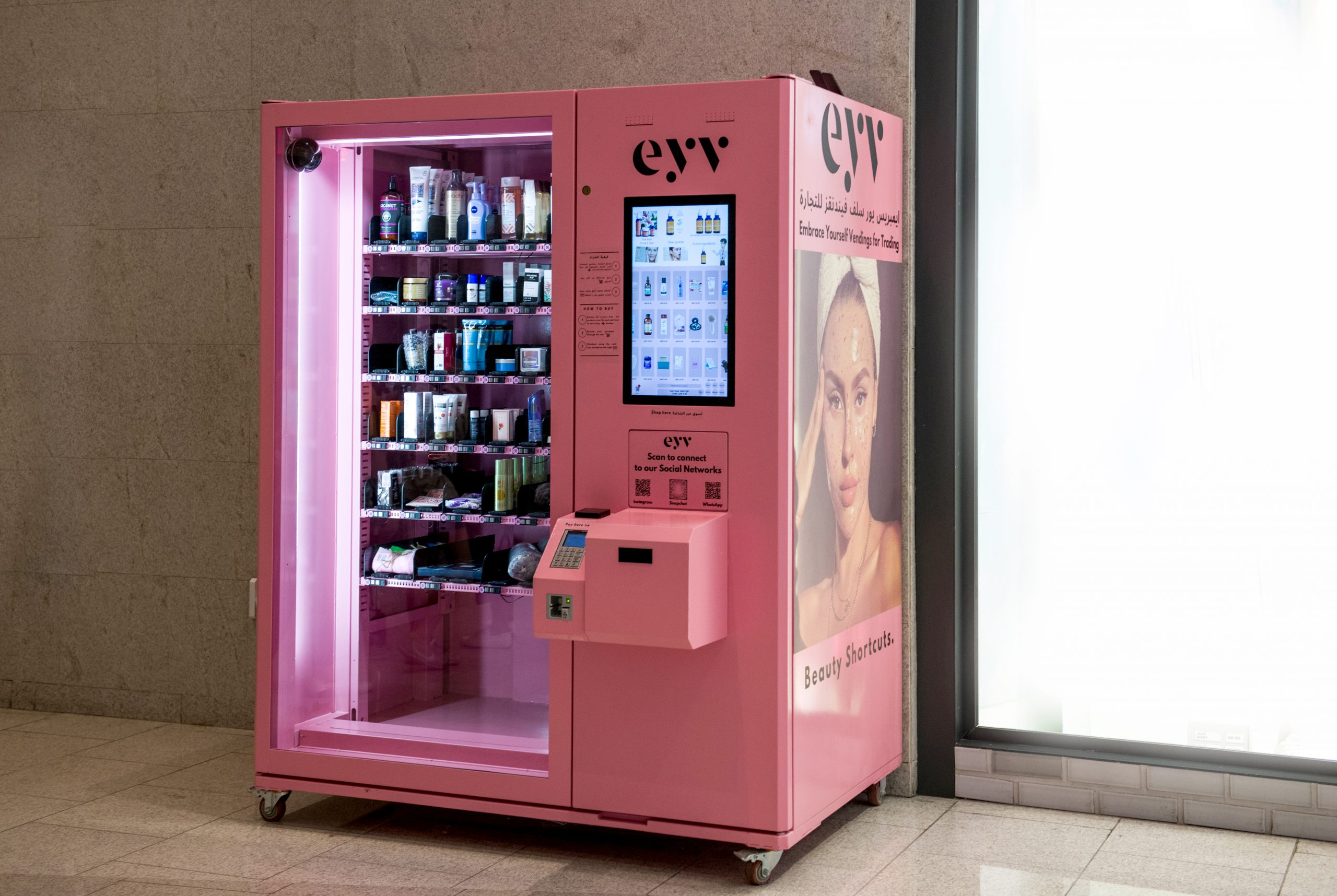
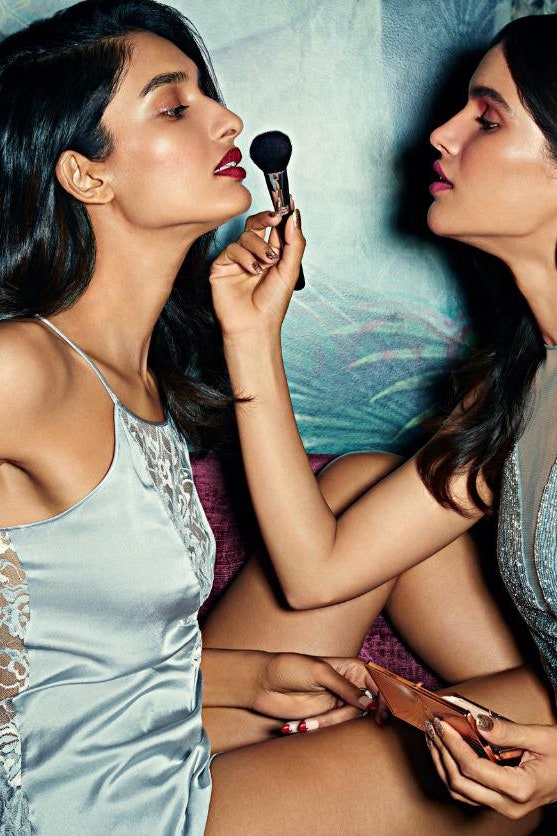
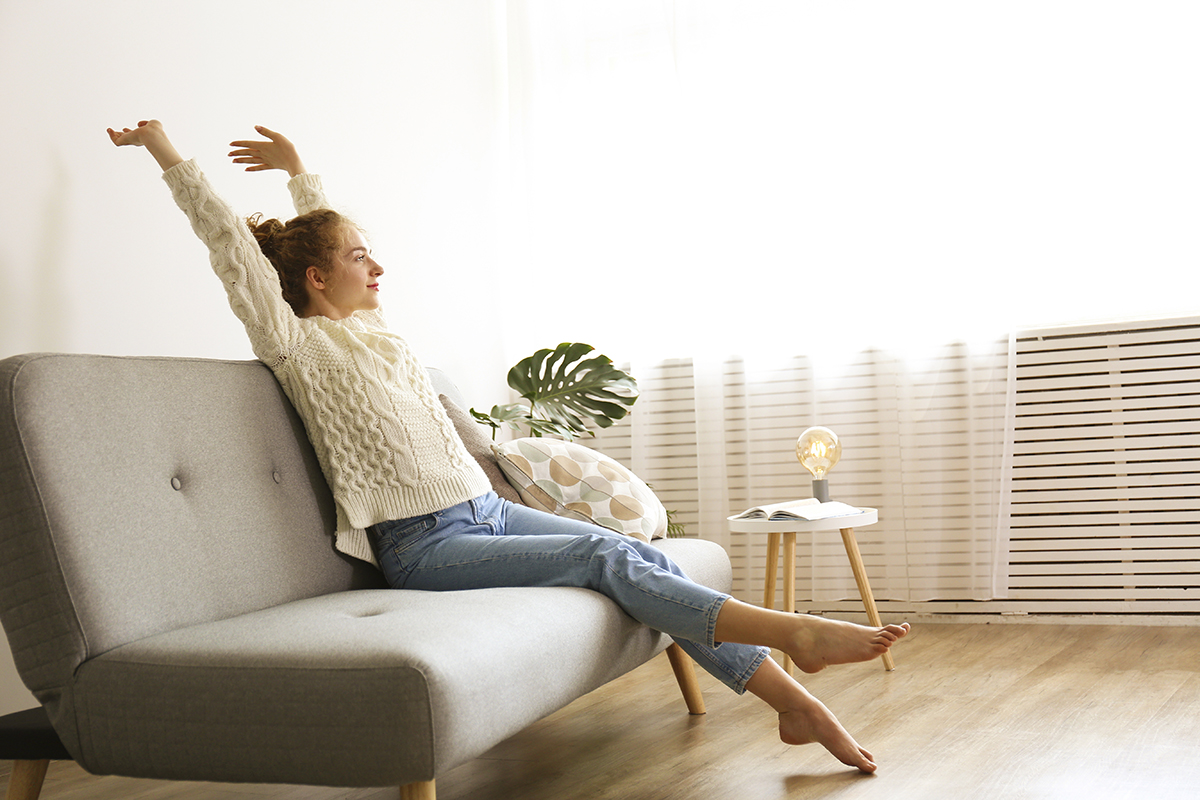
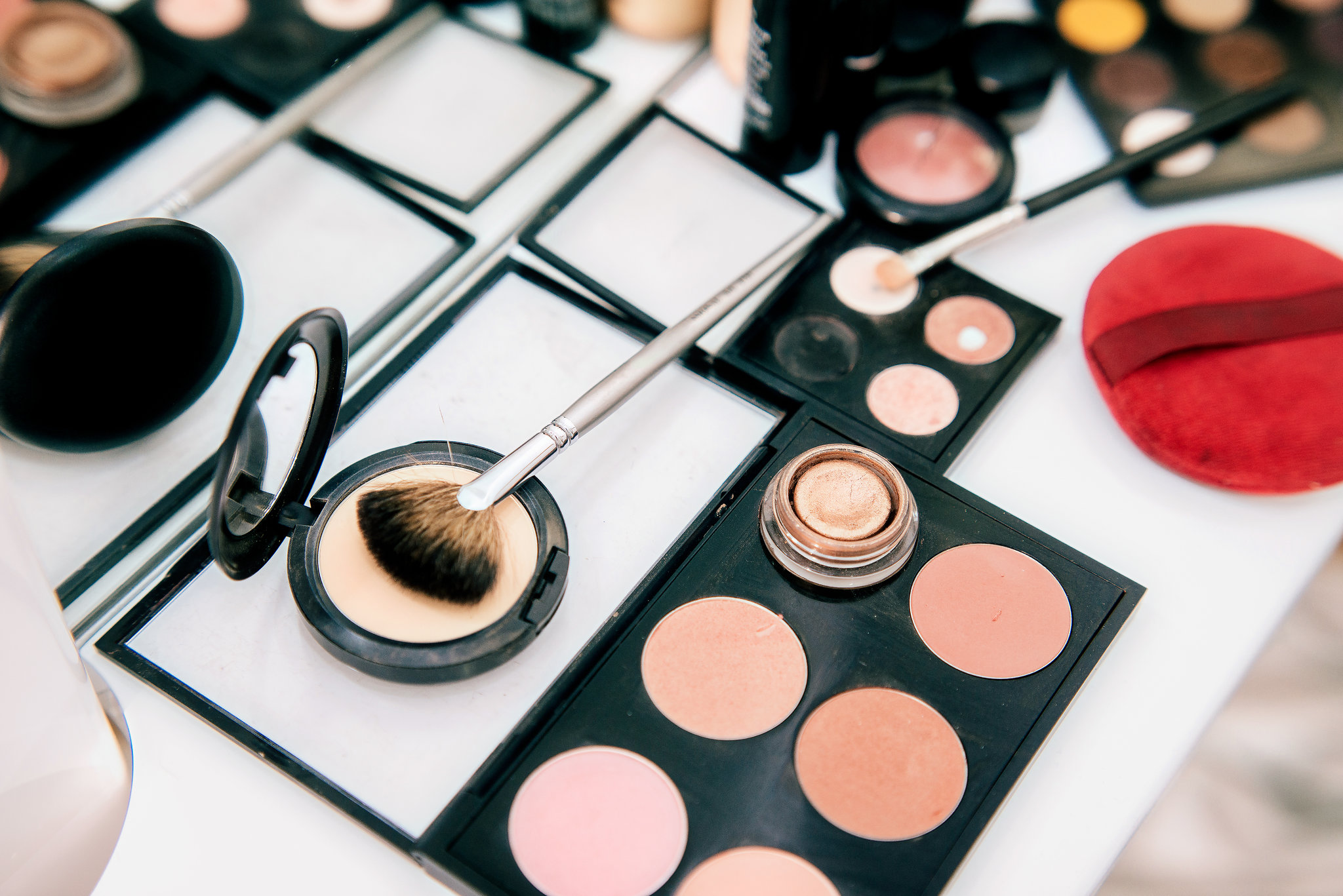
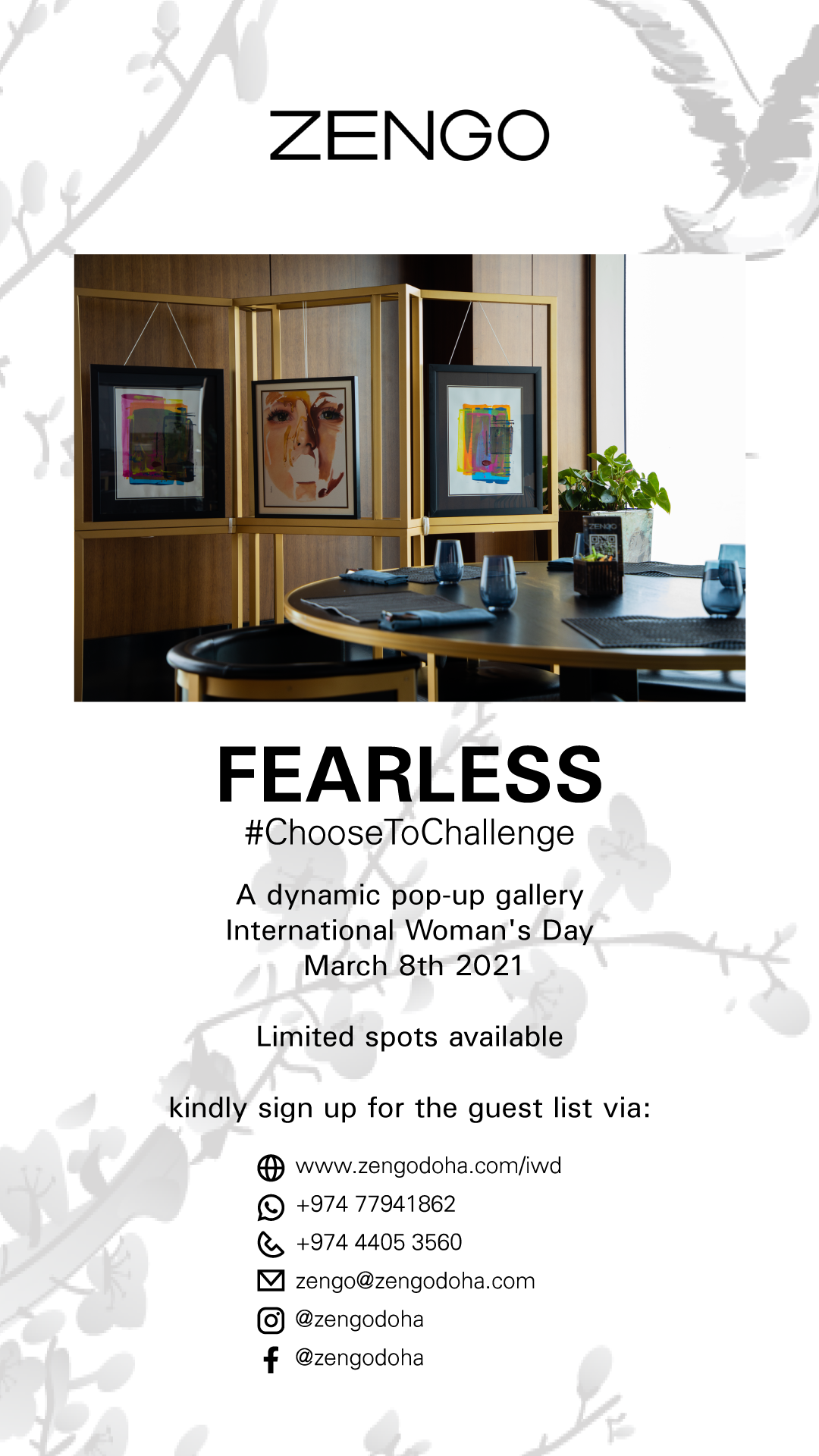
Leave A Comment
You must be logged in to post a comment.